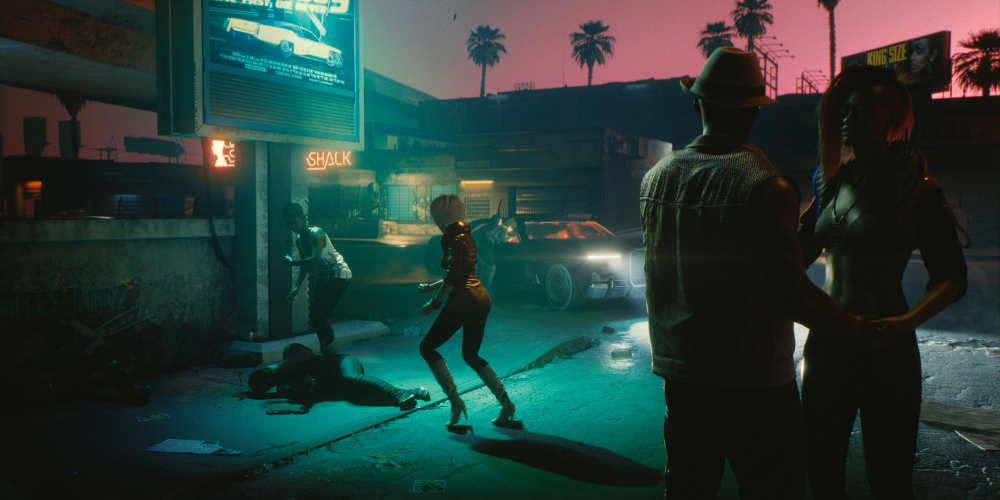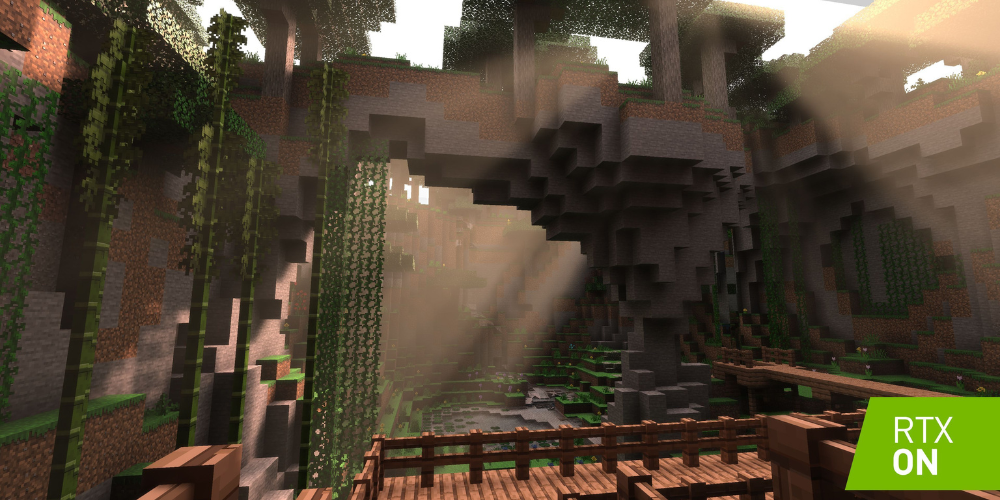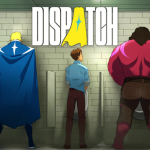The Impact of Real-Time Ray Tracing on Modern Game Graphics

Introduction to Ray Tracing
Real-time ray tracing has increasingly emerged as one of the most talked-about and transformative advancements within the video game industry over the past few years. Initially, the technique garnered significant attention and acclaim through its application in producing stunning, high-end graphics for Hollywood films, creating visual effects that were previously unimaginable. Traditionally used to enhance the realism and visual appeal of movies, this technology was synonymous with cinematic brilliance.
However, as both hardware capabilities and software algorithms have developed and improved, ray tracing has now crossed over from the exclusive realm of film production to become attainable and practical for real-time rendering in video games. This monumental shift in capability is reshaping the entire paradigm of gaming graphics, offering players unprecedented levels of visual fidelity, depth, and immersion. Reflective surfaces, dynamic shadows, and lifelike lighting are just a few elements that have been revolutionized, elevating the overall aesthetic and experiential quality of contemporary video games.
Understanding Ray Tracing
Ray tracing is a rendering technology that simulates how light interacts with objects, offering more natural lighting, shadows, and reflections. By tracing the path of light rays as they travel through a scene, this technique can produce highly realistic images. Traditional rasterization methods, while fast, often struggle with natural lighting effects, making ray tracing a groundbreaking step forward.

The Evolution of Graphics Rendering
Before the advent of real-time ray tracing, the gaming industry relied heavily on rasterization techniques. These methods prioritize speed over accuracy, often relying on shortcuts to approximate how light behaves. While effective, these techniques couldn't replicate the subtleties of real-world lighting. The shift to real-time ray tracing signifies a major leap in how game developers approach visual fidelity.
Hardware Advancements Making Ray Tracing Possible
One of the essential factors enabling real-time ray tracing is the advancement in hardware. Graphics Processing Units (GPUs) from companies like NVIDIA and AMD now come equipped with dedicated ray tracing cores. These specialized components can handle the intensive calculations required, making real-time ray tracing viable on consumer-grade hardware.
Enhanced Visuals with Ray Tracing
The most immediate impact of real-time ray tracing can be seen in the enhancement of visual quality. Games that leverage this technology offer more accurate reflections, shadows, and global illumination. Water reflections, reflective surfaces, and realistic shading provide a richer, more immersive gameplay experience, which is a far cry from the often flat and artificial lighting seen in older games.

Case Studies: Games Utilizing Ray Tracing
Several high-profile games have already made significant use of real-time ray tracing. Titles such as "Control," "Cyberpunk 2077," and "Battlefield V" serve as prime examples. These games utilize ray tracing to create lifelike environments that push the boundaries of what is visually possible within a game world. The difference is particularly noticeable in scenes with complex lighting interactions, such as neon-lit cities or dark, reflective corridors.
Challenges in Implementing Ray Tracing
Despite its benefits, real-time ray tracing isn't without its challenges. The computational requirements are high, and achieving consistently high frame rates can be difficult. Developers often have to balance between visual fidelity and performance, sometimes using hybrid approaches that blend traditional rasterization with selective ray tracing. This balance is crucial for ensuring that the technology is accessible to a wider range of players.
Future Prospects of Ray Tracing in Gaming
The future of real-time ray tracing in gaming is exciting. As hardware continues to evolve, the capability to use more extensive ray tracing techniques becomes possible. Upcoming game engines are likely to incorporate these advancements, providing developers with more tools to create visually stunning games. Gamers can look forward to increasingly realistic and immersive gaming experiences as the technology continues to mature.
Bottom Line
Real-time ray tracing represents a monumental leap forward in the realm of video game graphics. This revolutionary technology fundamentally changes the way light is simulated in virtual environments, making it possible for games to achieve levels of visual fidelity and realism that were previously thought to be unattainable. By allowing for more accurate and dynamic light simulations, ray tracing significantly enhances the visual quality of games, bringing lifelike shadows, reflections, and ambient occlusions into the digital realm. The progress in hardware, driven by innovative developments from leading tech companies, has been pivotal in making this once-exclusive technology accessible to a broader audience.
High-profile games developed by industry giants serve as compelling showcases for the immense potential of ray tracing, demonstrating how it can transform in-game environments to be more immersive and visually stunning. However, the path to this advanced graphical capability is not without its challenges. Implementing real-time ray tracing requires considerable computational power, which can strain even the most advanced hardware. This creates a constant balancing act for developers who strive to optimize performance while maintaining the high-quality visuals promised by ray tracing.
Despite these hurdles, the future prospects for ray tracing in gaming are incredibly promising. Ongoing advancements in hardware and software are continually addressing and overcoming these challenges, paving the way for broader adoption across the industry. The implications of this technology extend beyond just improved graphics; they hint at a new era of visual immersion that will captivate and engage players in ways never before possible. As ray tracing becomes more refined and integrated into game design, it promises not only to enhance the aesthetic appeal of games but also to enrich the overall player experience, making virtual worlds feel more real than ever.
This evolution heralds a new chapter in gaming, one where the visual spectacle is matched by immersive realism, ensuring that players will be captivated for years to come.
















